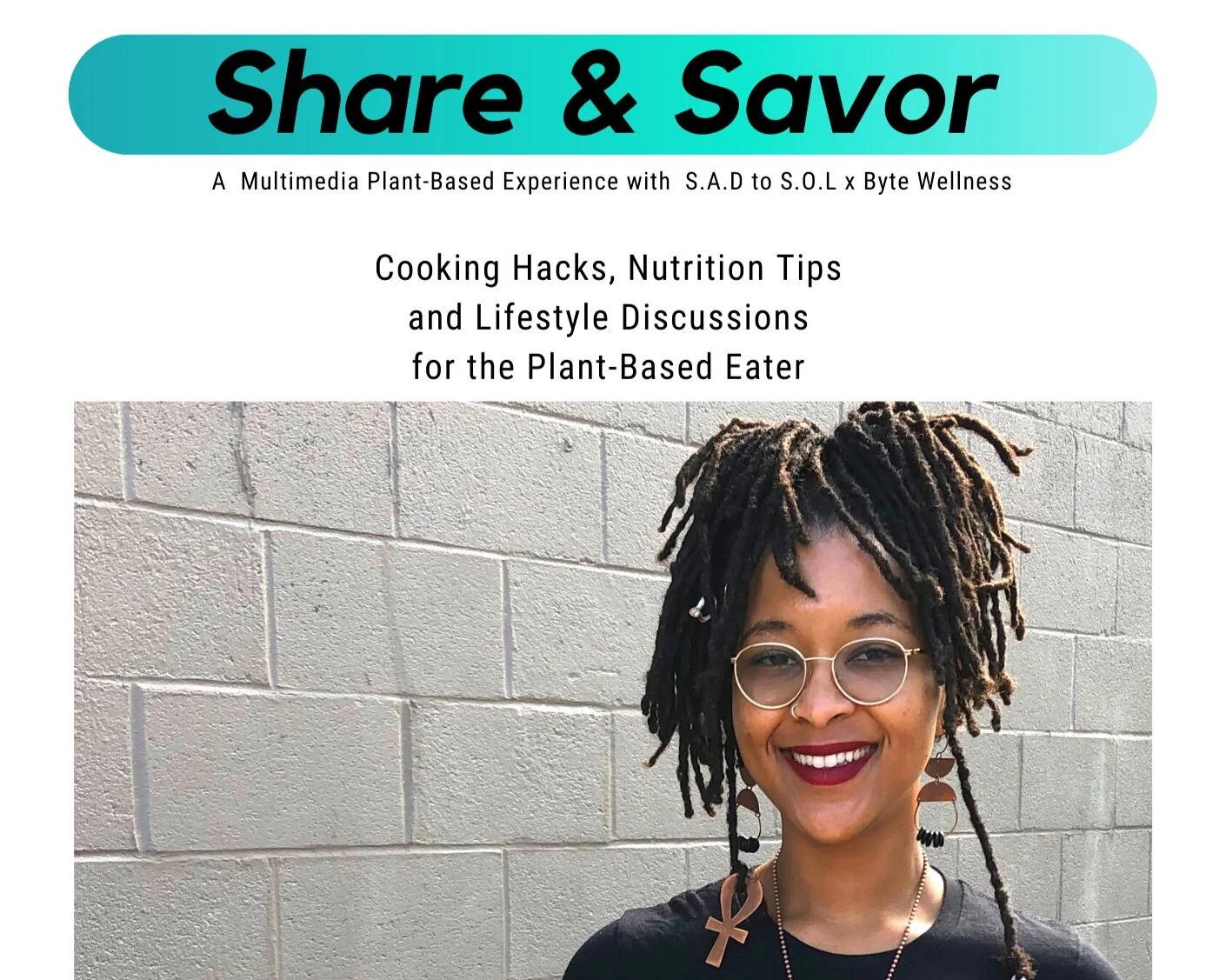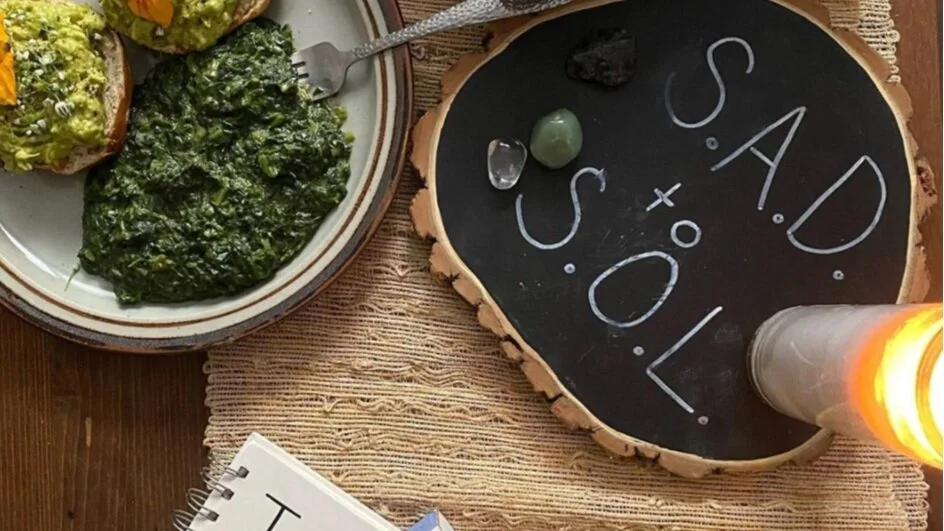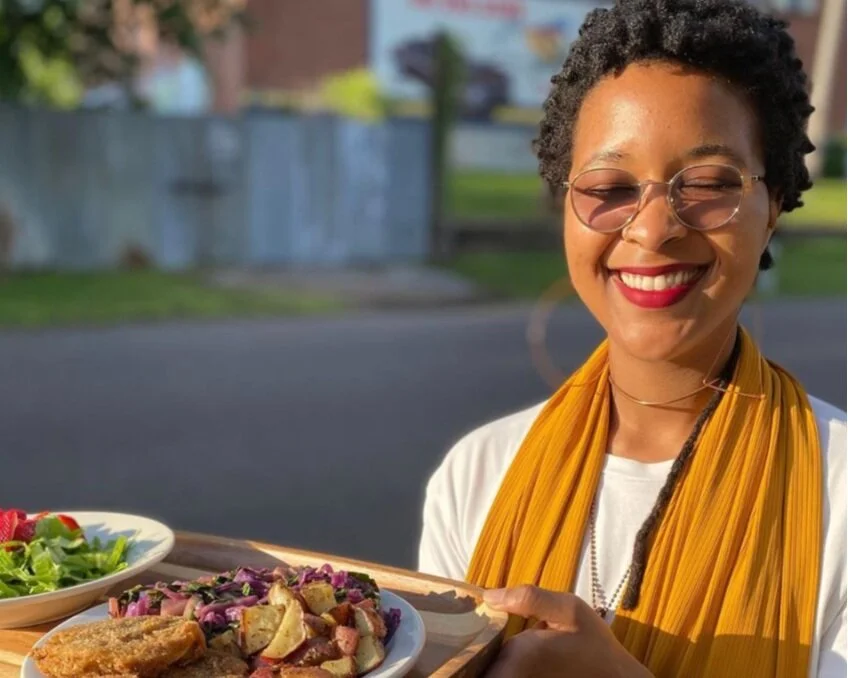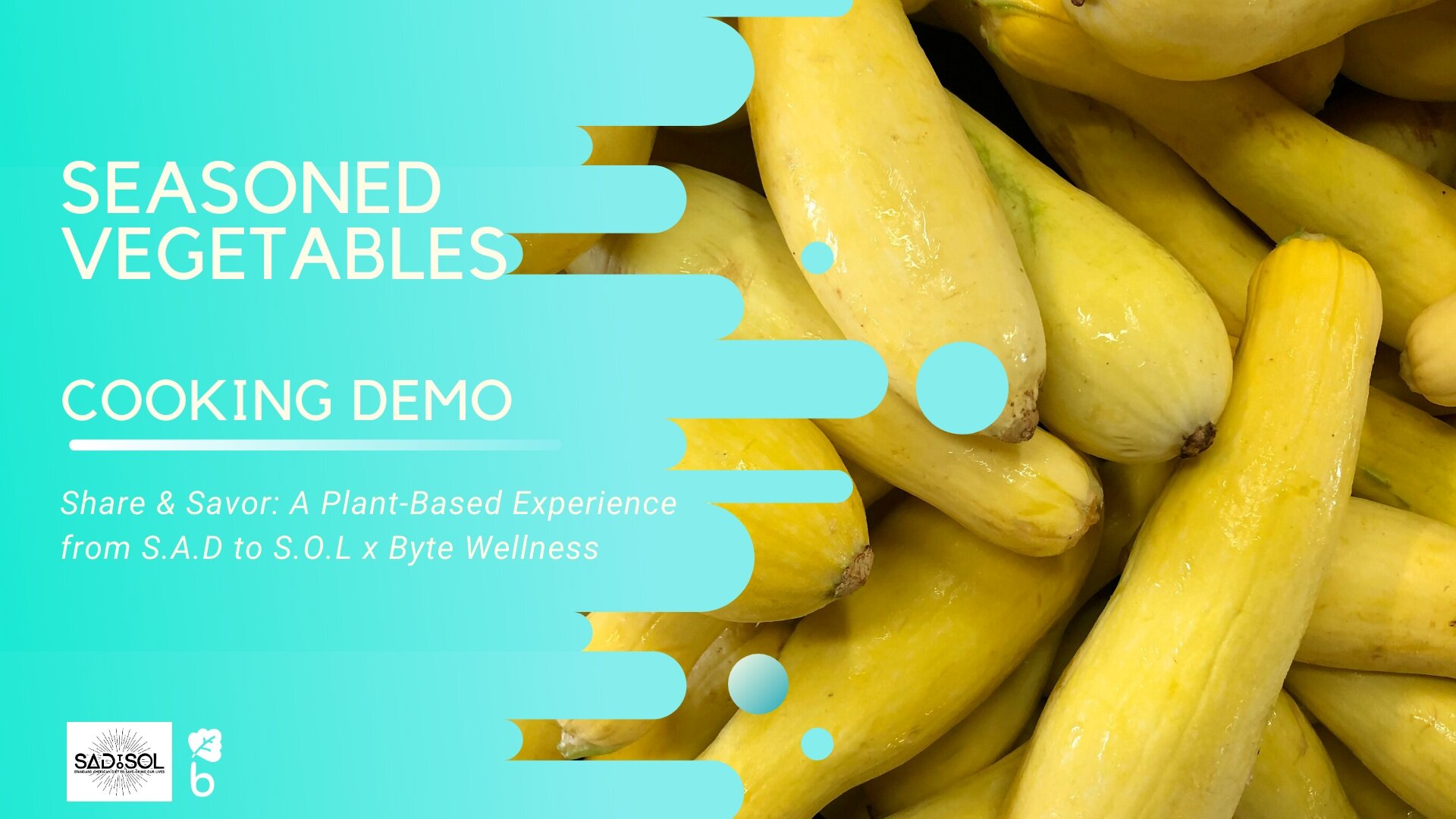Your Body as Rebellion: How to Fight the Health Effects of Racism (part 1)
Your Body as Rebellion: How to Fight the Health Effects of Racism (part 1)
10 minutes
TLDR:
Interfacing with racist structures and experiencing interpersonal racism creates chronic inflammation, which leads to lifestyle-related chronic diseases that cause early death and disability in Black Americans compared to their White counterparts. Building anti-inflammatory habits could counteract that increased disease risk.
Top Anti-inflammatory Habit:
Eating veggies- lots and lots of veggies
**********
If you're not yet at your veggies goal, check out our Share & Savor Plant-Based Coaching Program (https://www.bytewellness.com/courses/8-week-plant-based-coaching-share-and-savor-program) for original recipes and cooking demos led by vegan chef, Araba Esoun.
**********
Okay, scroll down for the full text:
Full Text:
There’s a lot of talk these days about structural racism and its link to preventable disease and early death in Black communities.
If Black women are going to liberate our bodies from the effects of racism, one of the most important things to know is exactly HOW racism (and sexism, for that matter) create disease.
Recent discoveries in genomics and public health show the link between racism and disease is chronic inflammation!
That’s right, a growing body of research finds that humans’ blood markers of inflammation increase in response to social adversity like racism, poverty and even extreme caregiver stress.
It turns out, our brains read social threats the same way our ancestors’ brains read a physical threat. This threat turns on our fight-or-flight system, which ramps up inflammation to prepare for wound healing in the event of physical harm.
Ordinarily, a transient threat creates acute inflammation that only lasts a few hours or days. But, living with constant threat produces constant, or chronic, inflammation.
Enter racism and other forms of social oppression. Obviously, exposure to racism in the U.S is relatively constant, although people may experience periods of greater and lesser exposure during their lifetimes based on where they live and work.
Studies of large Black populations have found that lifelong exposure to multiple forms of racism (interpersonal and structural racism) causes decades-long increases in inflammatory markers.
How Does Chronic Inflammation Cause Disease?
Chronic inflammation turns off the body’s housekeeping functions that prevent chronic diseases. These functions do important things like control blood sugar (to prevent type 2 diabetes) and prevent cancer. So, it’s no surprise that chronic inflammation is thought to be a root cause of the very same diseases that differentially plague Black communities- compared to their White counterparts.These are the diseases we’ve all seen discussed in the context of racial health disparities: obesity, heart disease and stroke, type 2 diabetes and breast and prostate cancers.
How Can We Thrive Healthily In Spite of Racism?
So, what’s one thing Black folks can do TODAY to counteract the increased health risk that racism confers? Build Anti-inflammatory habits.
Top Anti-inflammatory Habit:
Eat veggies- lots and lots of veggies
Try our Share & Savor plant-based eating guide to fit more veggies into your day with step-by-step recipe demos.
Okay, let’s bust some myths that might be keeping you from eating more veggies:
- You don’t have to be a vegan or vegetarian to experience major health benefits from the nutrients that are uniquely in vegetables (and some fruits).
-And, eating more veggies isn’t about restricting what you eat, it’s about adding more goodness to your daily menu. In fact, some of the veggies that have the most anti-inflammatory power are also amazingly savory spices.
These 4 spices (and the plant magic they contain) can be added to almost any savory lunch or dinner meal for an extra racism-fighting kick.
1) Peppers- (the hotter the pepper, the more capsaicin it has) - Habaneros have the highest content
Capsaicin is the “heat” in spicy peppers. It puts a stranglehold on the main source of inflammation- the transcription factor (NFkB) that prints the genes for the cells and chemicals that contribute to inflammation.
2) Turmeric- This orange root makes an appearance in South Asian cuisine and golden milk, but you really can add it to any dish (even dessert!)
Curcumin works the way that capsaicin does. Also, capsaicin is one of few phytonutrients that cross the blood-brain barrier. So, researchers are studying it for possible Alzheimers prevention and treatment.
3) Shallots and Red Onions- These two types of onions deliver some of the biggest doses of quercetin in our diet. Remember to cook onions on low-heat (no frying), to preserve as much quercetin during prep
Quercetin doesn’t cut inflammation at the source, like capsaicin and curcumin. Instead, it inhibits the products that NFkB creates.
4) Garlic- Garlic (and onions) are the main source of allicin in our diets. Just like quercetin and onions, garlic should be cooked at low temperatures or even eaten raw to get the highest amount of allicin.
Another note on prep: allicin doesn’t exist in whole garlic and onions. The enzymatic cascade that creates allicin only begins AFTER the food is cut or mashed. That process takes about 10 minutes to finish, and heat will ruin it. So, cut your onions or garlic and wait at least 10 minutes before heating, otherwise, you miss out on all that goodness!
Allicin technically isn’t a “polyphenol” like the 3 other chemicals. But, it’s a powerful anti-inflammatory and anti-oxidant compound, nonetheless. Allicin handicaps NFkB to cut inflammation at the source (like capsaicin and curcumin). Its sulfur compounds also minimize oxidative and reactive nitrogen waste.
Another anti-inflammatory habit that we [should] do everyday? Sleep! Click here to learn how to use essential oils to help you fall asleep.











